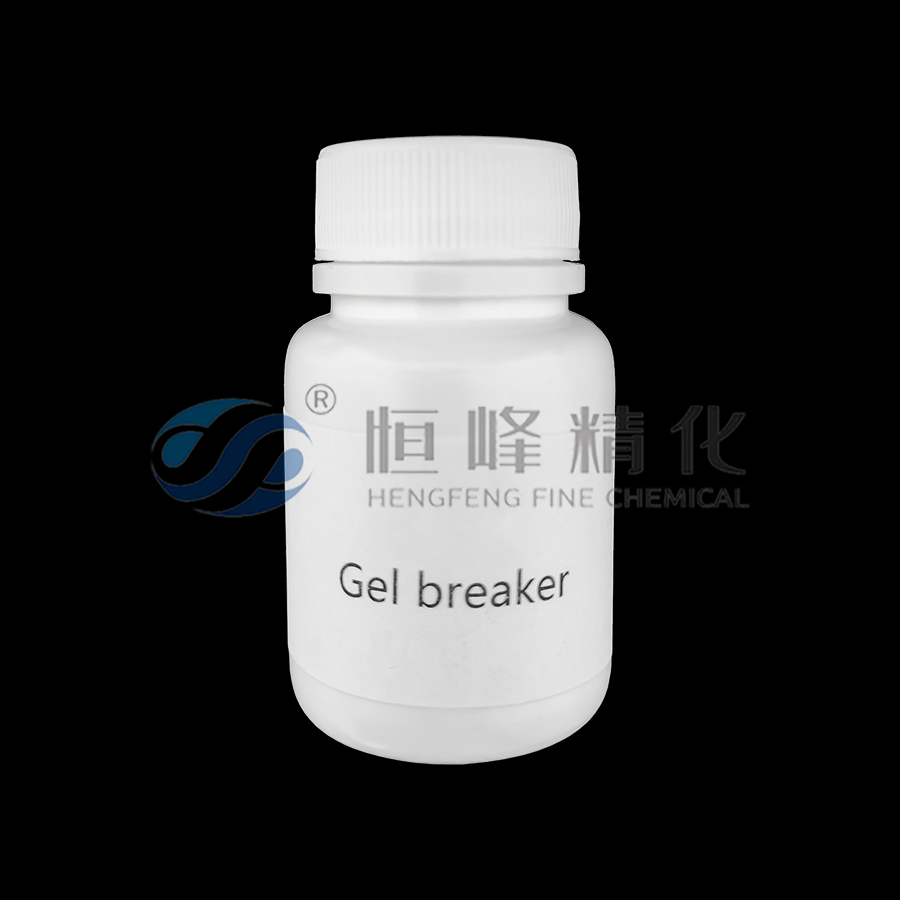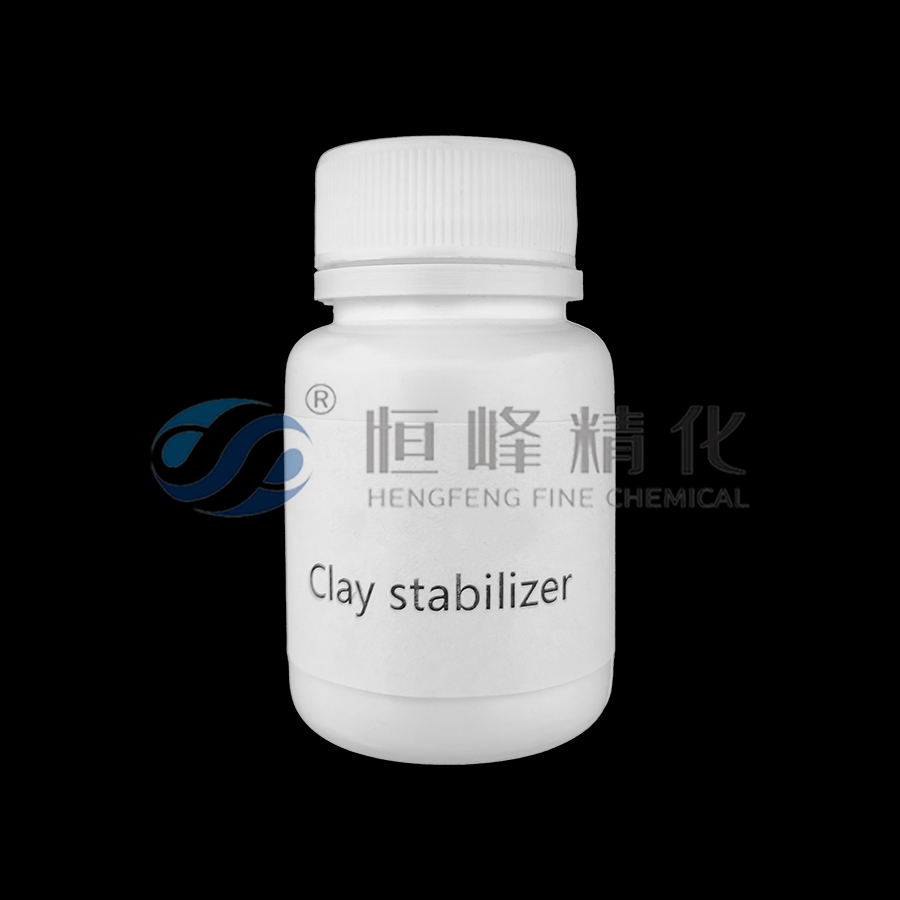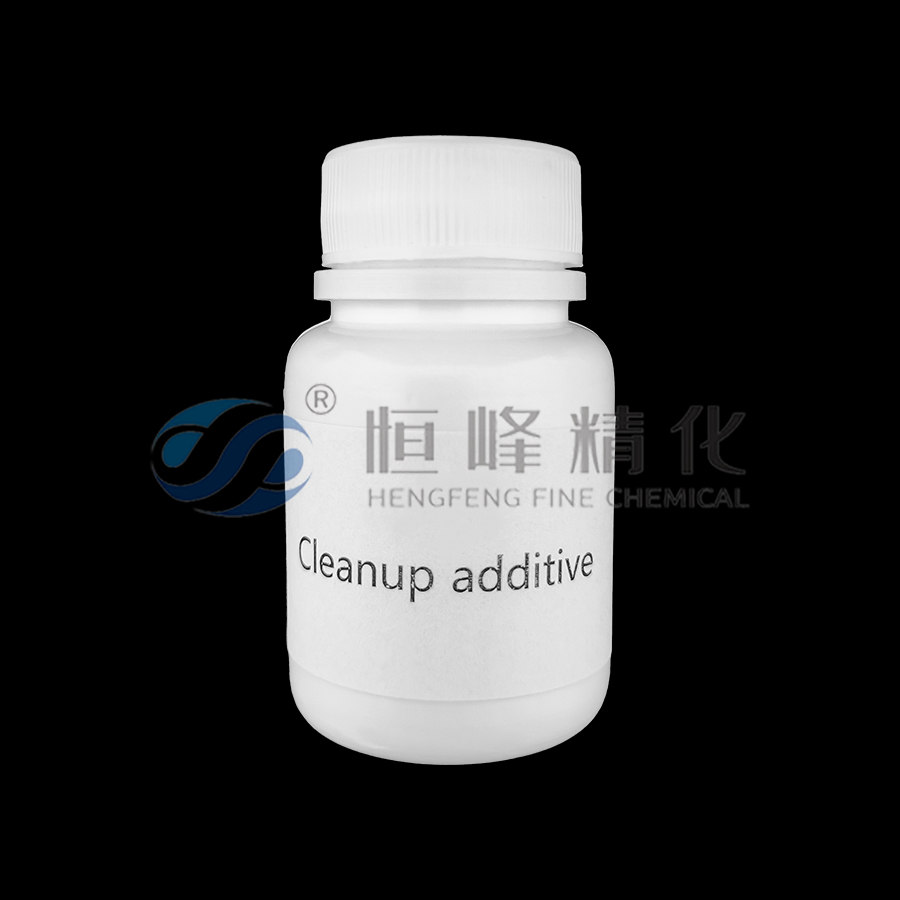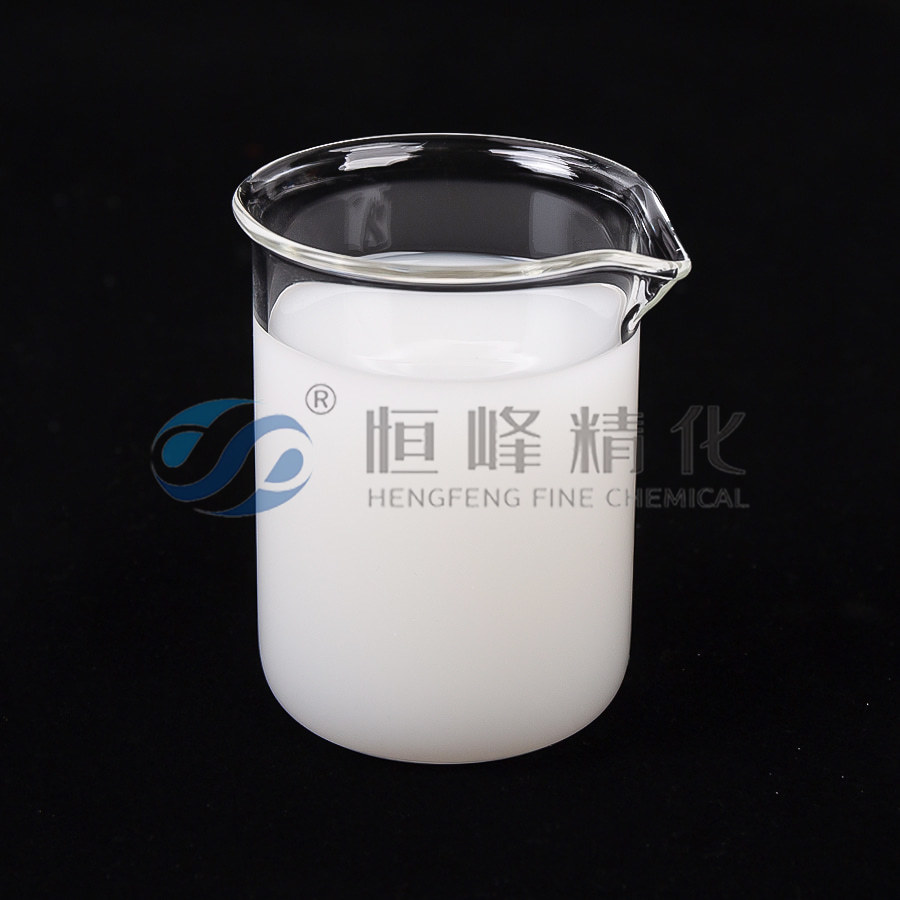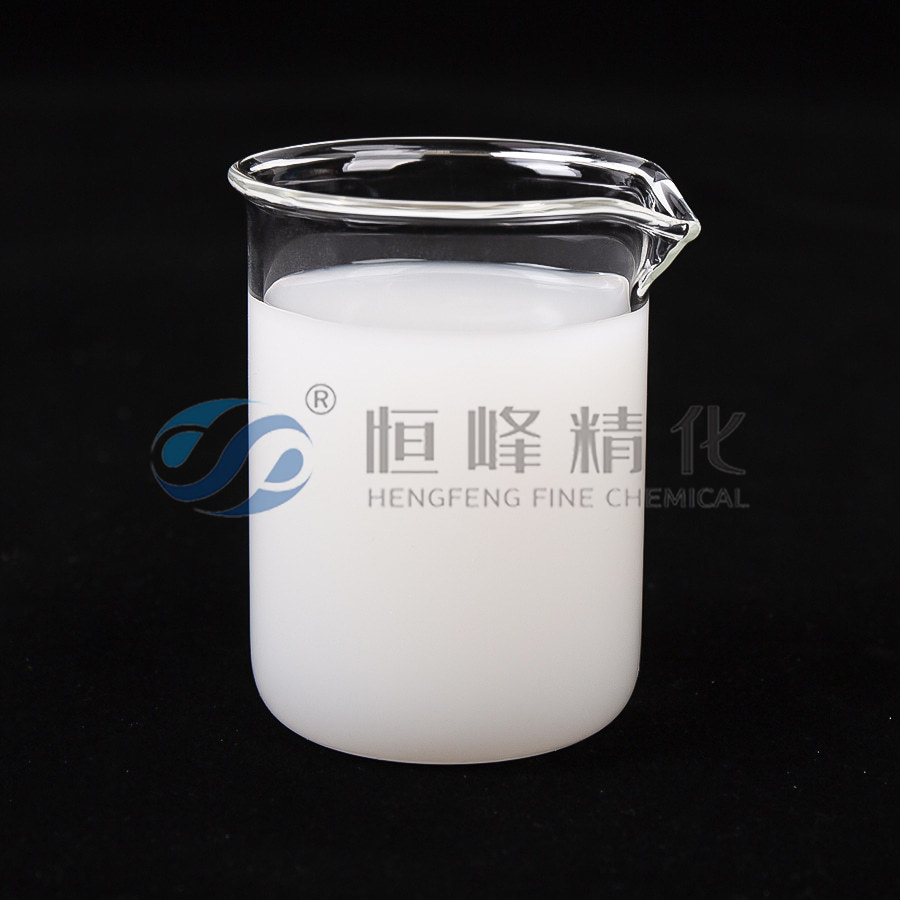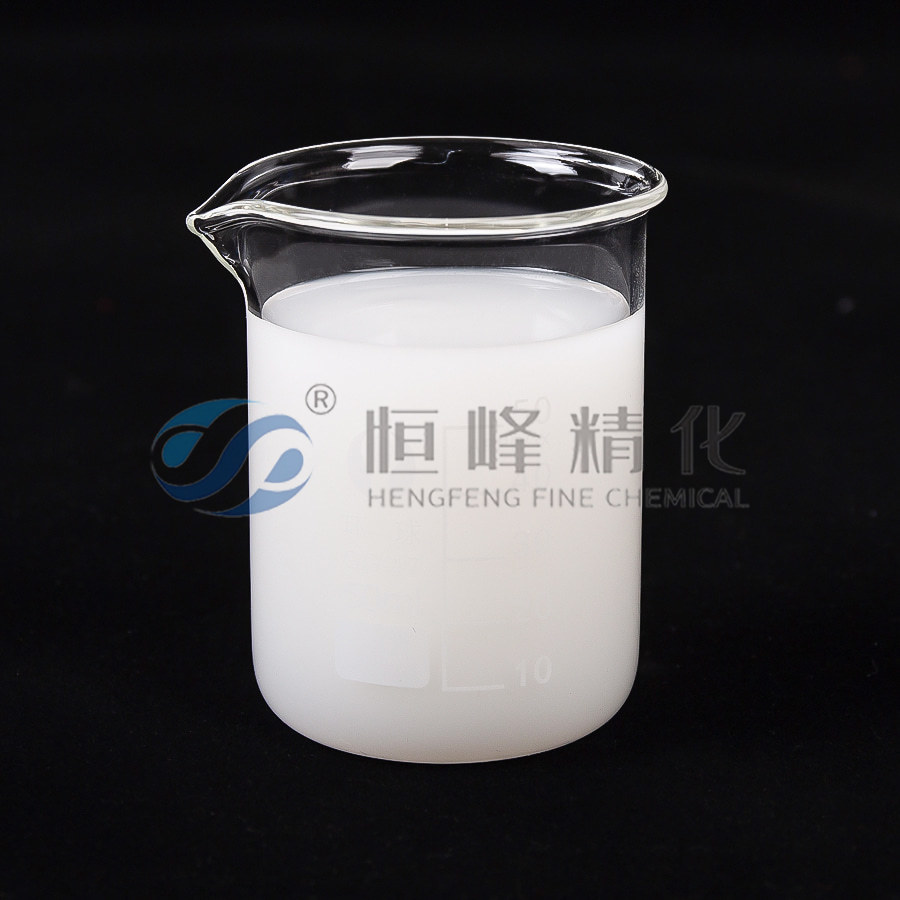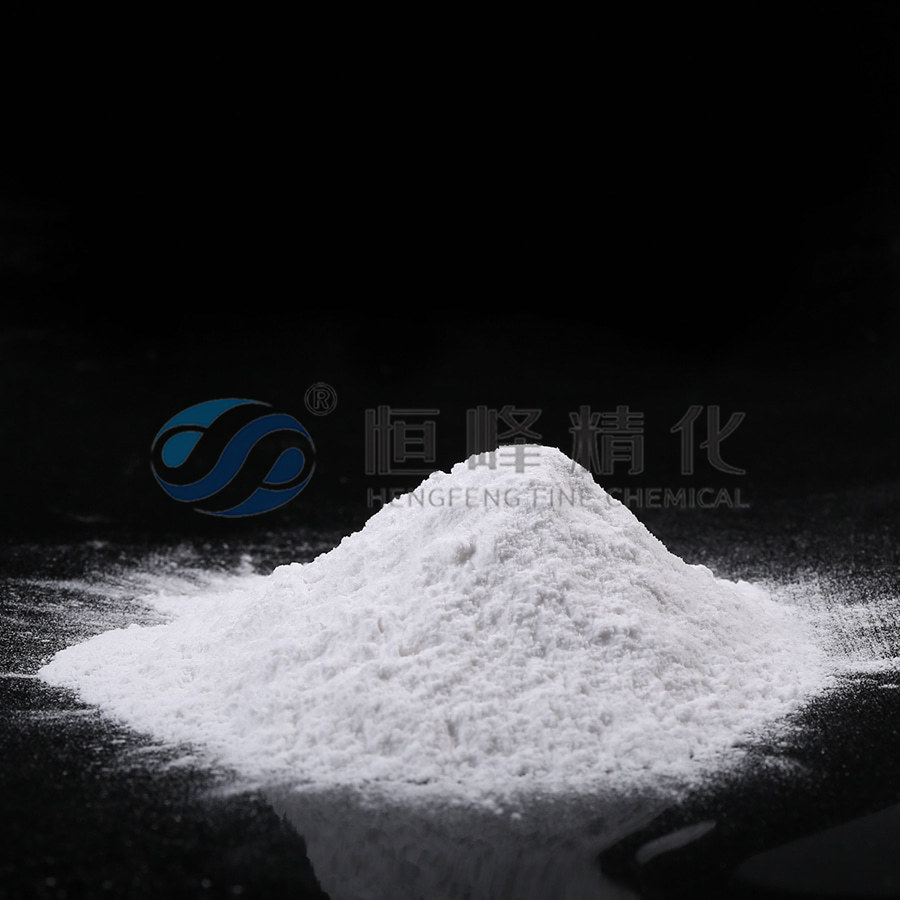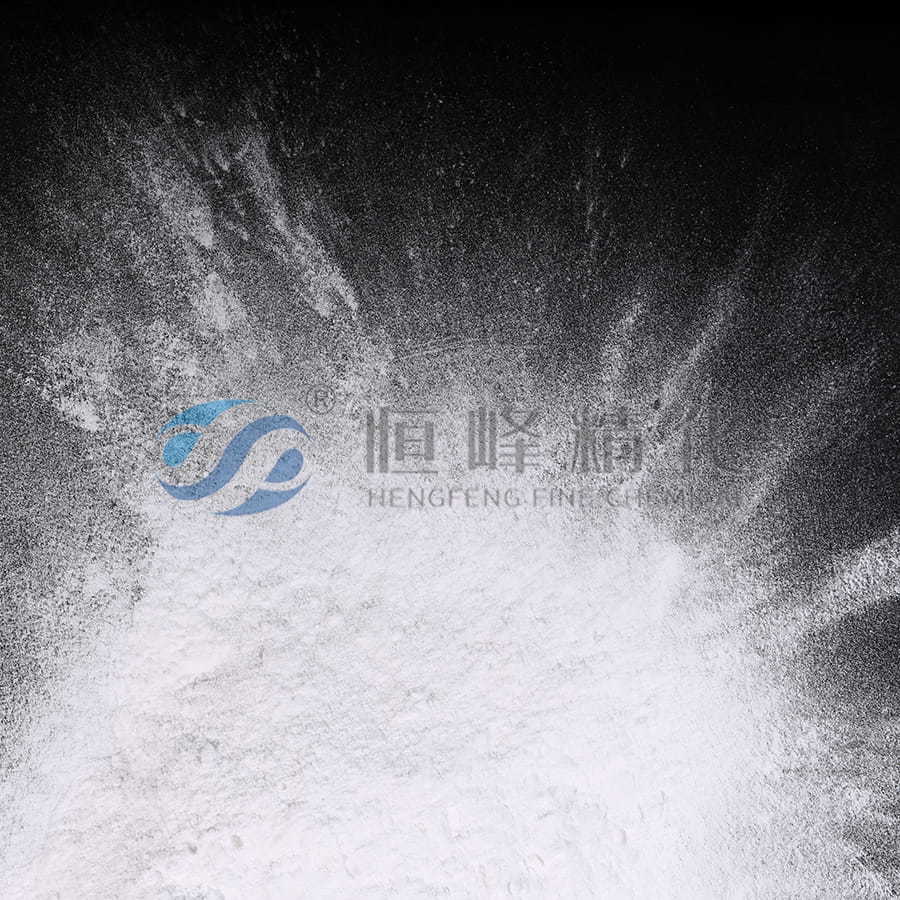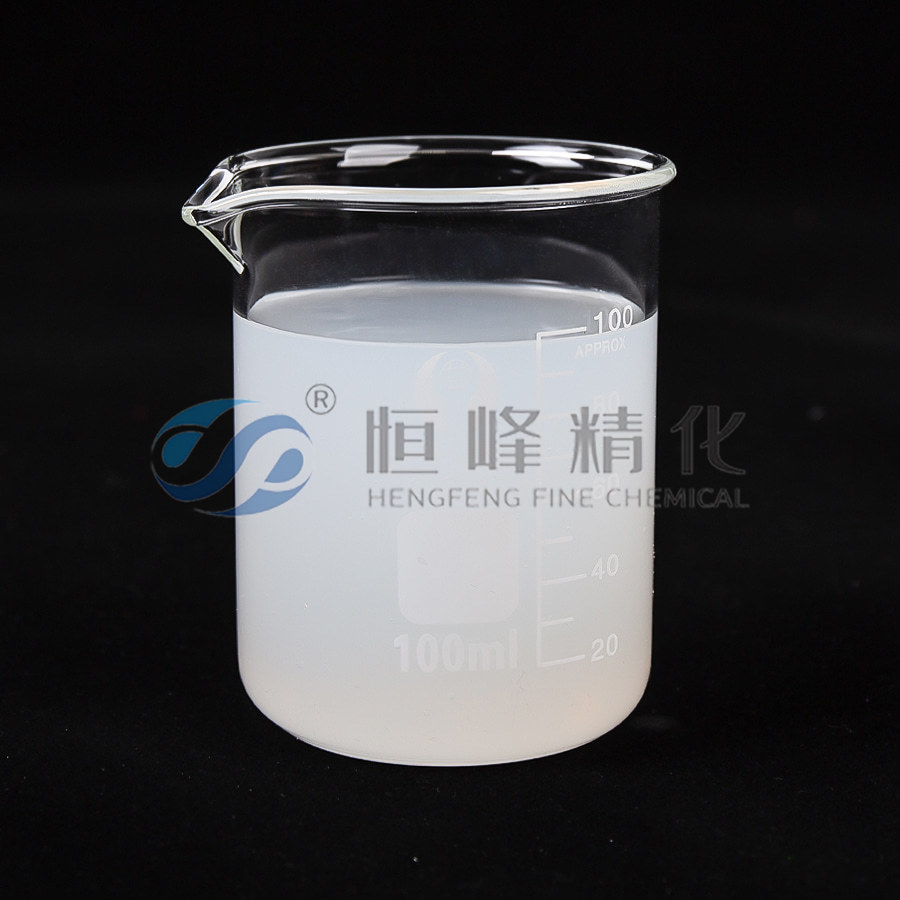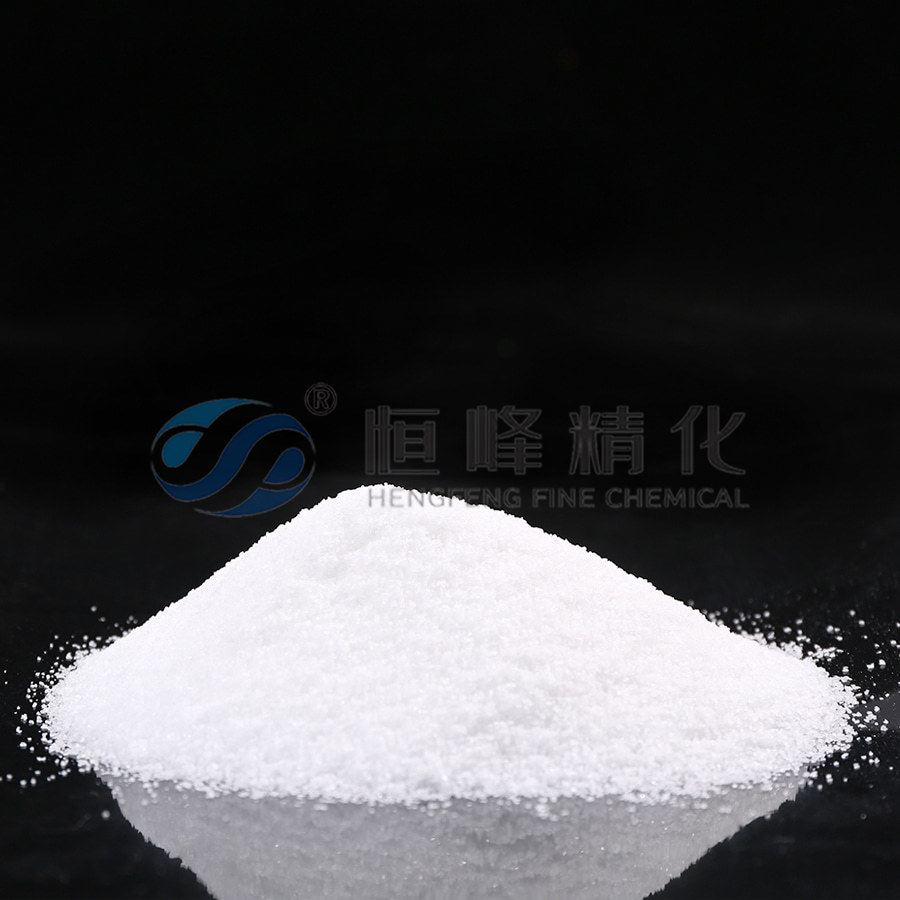Dewatering Of Sludge: Tips For Optimizing Industrial Processes
In modern industrial wastewater management, handling large volumes of residual sludge is a critical challenge. Efficient separation of water from solid residues not only improves plant performance but also reduces transportation and disposal costs. Achieving effective sludge treatment requires a combination of mechanical, chemical, and operational strategies designed to enhance water removal while maintaining environmental compliance.
Understanding the Nature of Sludge
Sludge produced in industrial processes can vary widely in composition, depending on the type of facility and treatment processes involved. Some sludge may contain high organic content, while others have a higher proportion of inorganic materials. The moisture content, particle size distribution, and chemical characteristics of the sludge significantly influence dewatering efficiency. Before selecting an appropriate approach, operators must assess these factors carefully, as they affect both treatment performance and operational costs.
Selecting Suitable Conditioning Methods
Conditioning of sludge is a crucial step prior to mechanical dewatering. The objective is to alter sludge properties so that water can be separated more readily. Common conditioning techniques include chemical addition, pH adjustment, and heat treatment. While chemicals can improve flocculation and settleability, pH adjustment can enhance particle aggregation, allowing water to drain more efficiently. Choosing the right combination depends on the sludge’s chemical composition and the overall process requirements.
Mechanical Dewatering Techniques
A range of mechanical equipment is used to remove water from sludge. Centrifuges, belt presses, and screw presses are among the most widely adopted technologies. Each has advantages and limitations, and the selection depends on factors such as sludge consistency, desired dryness, and operational constraints. Proper maintenance and calibration of these machines are essential to maintain performance. Operators should regularly inspect components, ensure uniform feed distribution, and avoid excessive mechanical stress that could disrupt floc structure.
| Equipment Type | Typical Application | Advantages | Limitations |
|---|---|---|---|
| Centrifuge | High-volume industrial sludge | Rapid separation, compact footprint | High energy use, sensitive to solids variability |
| Belt Press | Medium-volume sludge | Lower energy requirements, continuous operation | Larger footprint, moderate dryness |
| Screw Press | Industrial and municipal sludge | Robust operation, low maintenance | Limited to moderate solids concentration |
Optimizing Process Parameters
Operational conditions play a major role in determining water removal efficiency. Factors such as feed concentration, flow rate, and retention time must be controlled carefully. Inconsistent feed can lead to uneven drying and reduced throughput. Monitoring equipment performance, sludge viscosity, and moisture content regularly allows operators to adjust parameters and maintain consistent results. Additionally, balancing chemical dosing with mechanical operation ensures that the sludge is neither over- nor under-conditioned, which could impact water recovery.
Enhancing Flocculation and Solid Capture
Floc formation is key to efficient separation. Properly formed flocs settle more quickly and resist shear forces in mechanical equipment. Operators can encourage aggregation through controlled mixing and appropriate chemical use. Overmixing can break down flocs, while insufficient agitation may result in incomplete water separation. Understanding the interaction between sludge particles and conditioning agents is essential for achieving stable and easily dewatered solids.
Energy and Resource Management
Efficient sludge dewatering is not only about separating water but also about minimizing energy and resource consumption. Optimizing pump operation, reducing unnecessary recirculation, and selecting energy-efficient equipment contribute to a more sustainable process. Additionally, recovered water can often be recycled within the treatment facility, reducing overall demand and supporting circular water management strategies.
Monitoring and Troubleshooting
Continuous monitoring is critical for early detection of issues in dewatering systems. Common challenges include equipment fouling, uneven sludge feed, and inconsistent chemical performance. By establishing a routine inspection schedule, operators can identify trends and implement corrective measures before they impact production. Data logging and analysis also allow for long-term process optimization, providing insight into operational adjustments that improve efficiency and reduce costs.
Environmental Considerations
Industrial sludge management must align with environmental regulations. Proper dewatering reduces the volume of material requiring disposal, minimizing the environmental footprint. Dry solids are easier to handle, transport, and, in some cases, repurpose for applications such as soil amendment or energy recovery. Complying with local and international standards ensures that facilities operate responsibly while avoiding potential penalties.
Integrating Automation and Control
Automation can improve consistency and efficiency in sludge dewatering. Sensors, flow meters, and automated chemical dosing systems enable real-time adjustments that maintain good operating conditions. Automated monitoring reduces manual intervention, decreases the likelihood of human error, and supports continuous improvement initiatives. Integration with broader process control systems allows for coordinated operation across multiple treatment stages, enhancing overall performance.
Case Practices and Recommendations
To summarize effective strategies for sludge dewatering in industrial settings:
-
Assess Sludge Characteristics: Analyze moisture content, particle size, and chemical properties to guide conditioning and equipment selection.
-
Select Appropriate Conditioning: Use chemical, pH, or thermal treatments tailored to the sludge type.
-
Maintain Mechanical Equipment: Schedule inspections and preventive maintenance to avoid downtime and performance loss.
-
Control Operational Parameters: Monitor feed rate, retention time, and chemical dosing carefully for consistent results.
-
Enhance Flocculation: Balance agitation and chemical treatment to form stable solids for efficient separation.
-
Manage Energy Use: Optimize pumps, reduce recirculation, and consider energy-efficient technologies.
-
Monitor and Troubleshoot: Implement routine checks and data logging for proactive process improvement.
-
Comply with Environmental Standards: Reduce sludge volume, recycle water, and consider reuse options.
-
Leverage Automation: Integrate sensors and control systems for real-time process adjustment.
By applying these approaches, industrial facilities can achieve more efficient separation, lower disposal costs, and improved sustainability. Continuous evaluation and adaptation of processes ensure that water removal remains effective despite variations in sludge characteristics or production demands.
In conclusion, optimizing sludge treatment requires a holistic approach that combines mechanical efficiency, chemical conditioning, operational control, and environmental responsibility. While no single method guarantees the same outcome in every facility, thoughtful application of these strategies allows industrial operators to manage residual sludge effectively while supporting broader wastewater management objectives. The integration of monitoring, automation, and resource optimization further ensures that processes remain reliable, cost-effective, and compliant with environmental regulations.


 English
English Español
Español عربى
عربى Русский
Русский Tiếng Việt
Tiếng Việt




